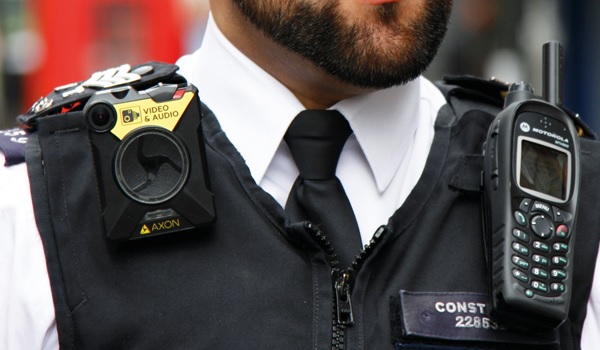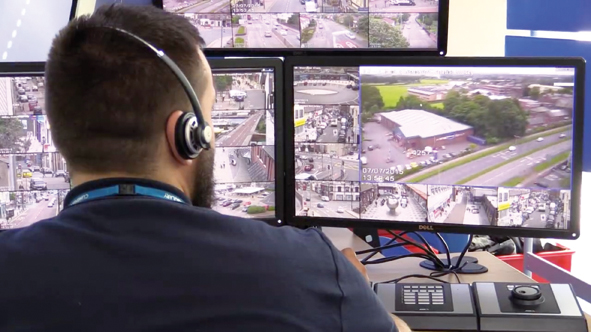Evidence in focus
Researchers are urging caution on figures that suggest police officers with body-worn cameras are more likely to be assaulted, and instead point to overwhelming evidence that shows the technology is transforming policing and the criminal justice system.

Body-worn video (BWV) cameras are sometimes seen as a panacea they record everything and therefore tell the unmediated story of what took place, claim researchers, increasing transparency, heightening accountability and keeping the actions of all parties in check.
In the US, a landmark experiment conducted on policing with BWV cameras in Rialto, California, in 2012 the results of which have been cited by police departments around the world as justification for rolling out this technology demonstrated a 59 per cent reduction in use of force by officers and a 90 per cent reduction in complaints made against officers wearing BWV in comparison to the control group.
Avon and Somerset Constabulary Chief Constable Andy Marsh, national police lead for BWV, said the cameras help gather evidence effectively, especially at incidents such as domestic abuse, and can encourage people to be more open in interviews and plead guilty earlier, and also professionalise the work of the police through openness and transparency.
Which is why the latest findings from one of the largest-ever randomised-controlled trials (RCTs) in criminal justice research on BWV were unexpected rates of assault against police by members of the public actually increased when officers wore the cameras.
Preliminary results from eight UK and US police forces show assaults against officers were 15 per cent higher when they used BWV cameras.
The research also found that on average across all officer-hours studied, and contrary to current thinking, the rate of use-of-force by police on citizens was unchanged by the presence of BWV cameras.
However, a deeper analysis of the data showed that this varied depending on whether or not officers choose when to turn cameras on and the researchers said this highlights the need for cameras to be kept on and recording at all stages of police-public interaction, not just when an individual officer deems it necessary, if police use-of-force and assaults against police are to be reduced.
If officers turned cameras on and off during their shift then use-of-force increased, whereas if they kept the cameras rolling for their whole shift, use-of-force decreased, said the report, jointly produced by the University of Cambridges Institute of Criminology and RAND Europe.
Thus the problem seems to arise mainly when officers are allowed to turn on cameras at times of their own choosing.
While researchers describe these findings published across two papers in the European Journal of Criminology and the Journal of Experimental Criminology as unexpected, they also urge caution as the work is ongoing, and say these early results demand further scrutiny. However, gathering evidence for what works in policing is vital, they add.
At present, there is a worldwide uncontrolled social experiment taking place underpinned by feverish public debate and billions of dollars of government expenditure. Robust evidence is only just keeping pace with the adoption of new technology, said the report.
Researchers worked with eight police forces across the UK and US including West Midlands Police, Cambridgeshire Constabulary and the Police Service of Northern Ireland (PSNI), as well as the Ventura and Rialto police departments (PD) in the US to conduct ten RCTs.
Over the ten trials, the research team found that rates of assault against officers wearing cameras on their shift were an average of 15 per cent higher, compared to shifts without cameras.
This though, say researchers, could be due to officers feeling more able to report assaults once they are captured on camera providing them with the impetus and/or confidence to do so.
The monitoring by cameras may also make officers less assertive and more vulnerable to assault. However, the research points out these are just possible explanations, and much more work is needed to unpick the reasons behind these surprising findings.
In the experiment, the shift patterns of 2,122 participating officers across the forces were split at



